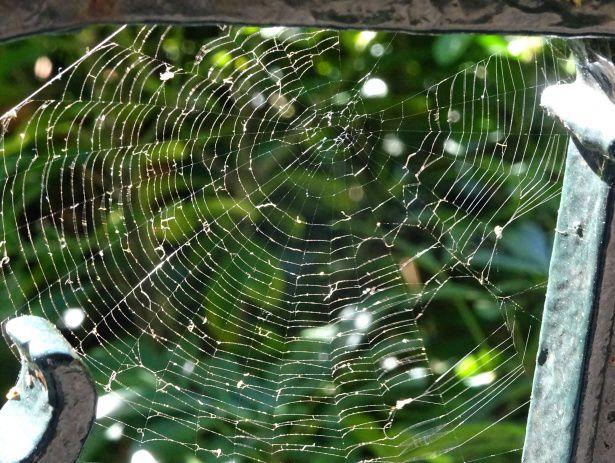When it comes to the world of science, discoveries and breakthroughs are made every day. To help you keep up with them, The Battalion compiles a few of the most compelling scientific stories from the past week.
Neuroscience: A single season of high school football may be enough to cause microscopic changes in the structure of the brain
In a new study, researchers found that a single season of high school football may be enough to cause changes in the structure of the brain. According to researchers at UC Berkeley, MRI brain scans were used to view microscopic changes in the grey matter of the brain. These changes can be located at the front and rear of the brain and are caused by impacts that were severe enough to constitute a concussion.
The emerging technology used in the MRI, called diffusion kurtosis, examines the neural tangles that make up the grey matter in the brain. Looking at a before and after, the organization of the grey matter in a players’ brain changed after one season and the changes were concentrated in the front and rear of the cerebral cortex. This area affects high order functions like memory, attention and cognition that could be affected over the long term because of these hits.
Psychology: Losing just a couple hours of sleep at night can make you angrier
Sleep is an important part of staying healthy, but a new study sees that a loss of sleep can also lead to anger, especially in frustrating circumstances. Study participants were split into two groups: one with a normal sleep routine and one that restricted sleep by two to four hours each night for two nights.
To measure anger, doctoral students had the participants rate different products while listening to brown noise or an more aversive white noise to create uncomfortable conditions. When in these situations, the students who were sleep deprived were angrier and reported more discomfort in the situations. Future studies look to see if this sleep loss can lead the anger to more aggressive behavior to others.
Biology: Spider silk is five times stronger than steel in a new model
Spider silk is one of the strongest natural materials in the world and a new study shows scientist how it becomes as strong as it is. Using an atomic force microscope, scientists found that each strand of silk from brown recluse spiders is made up of thousands of parallel running nanostrands.
Each of these strands is made up of protein and measures hundreds of thousands of times thinner than a human hair. Through these findings, the team was able to develop a model that could lead to the creation of materials based on the principles of the spider silk. This material model could be utilized to make different things from bike helmets to sealing and healing wounds.
Football injuries, sleep and spider silk: this week in science
November 28, 2018
Photo by Creative Commons
TWIS 11/29
Donate to The Battalion
Your donation will support the student journalists of Texas A&M University - College Station. Your contribution will allow us to purchase equipment and cover our annual website hosting costs.























